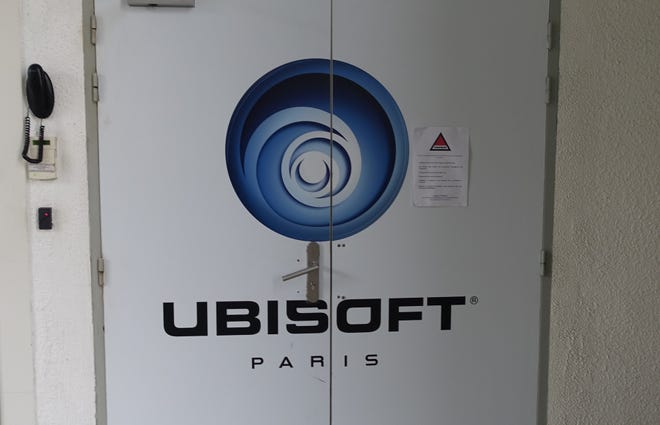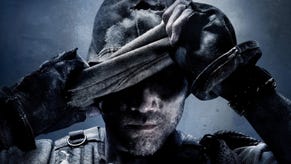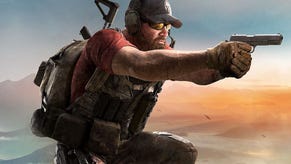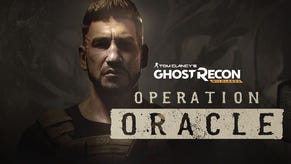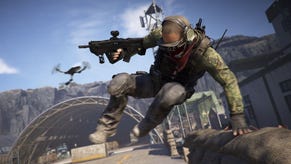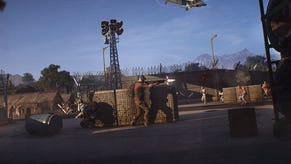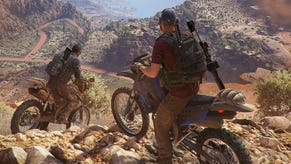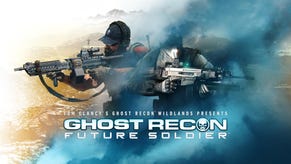Ghost Recon Wildlands - Man Changes Everything
A look into Ubisoft's work in crafting the South American landscape of the newest Ghost Recon.
This article first appeared on USgamer, a partner publication of VG247. Some content, such as this article, has been migrated to VG247 for posterity after USgamer's closure - but it has not been edited or further vetted by the VG247 team.
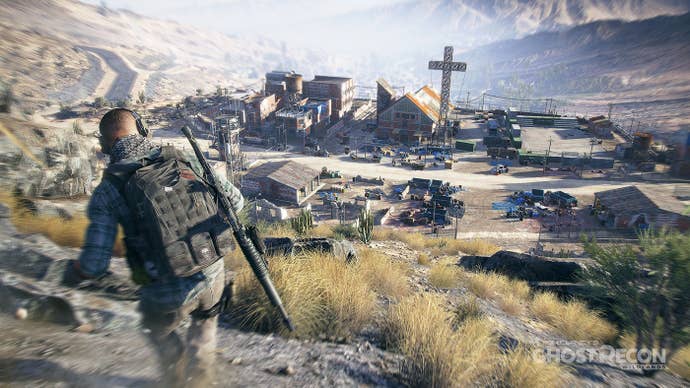
Man Changes Everything
Once the nature layer is blocked out, the same world logic is applied to the man-made roads and railways. Martinez explains that Ubisoft's tools use a bit of pathfinding to build the roads; the tool works out the path of least resistance from point A to point B, placing a road there. This system means artist can change the underlying terrain, knowing the roads themselves will adjust as needed. Like the rest of the tools, this can be overridden if an artist wants to place a road along a specific path.
"When you are able to modify the bottom layer of terrain and re-apply the road, without having to recreate everything every time, it helps the artists to focus on more valuable tasks. It also means you're able to iterate a lot on your game," he says. "First, you have the key points for the biggest villages, towns, or activities on the map, to define the main road network. Then we started to add the small villages and objectives to create the second network and then we connected everything with a third network. We even added a fourth road layer, with small paths in the wild for people walking."
For building the villages and towns themselves, Ubisoft turned to the bird's eye view of Google Maps. This allowed the team to apply the same world logic it brought to bear in rivers, vegetation, and roads to the construction of cities.
Cities change based on their proximity to main roads. These primary roads define the city's inner region, which is where different districts spring from. Older, larger housing goes in the near the city center, while smaller homes are placed in the outskirts. On the edges of the cities are where the farms and fields reside. Once this is all placed, the artist can go in and place specific buildings or shift the overall composition of the town.
I ask Martinez if Ubisoft Paris had ever thought about going full procedural for Ghost Recon Wildlands, once they had worked out the world logic to such a detailed degree.
"No, it was very important to give all the control to the artist," he shakes his head. "To craft this world and to control every detail. We wanted to be able to modify on a large scale. To control detail and the large scale at the same time. To modify a mountain if we needed to, because it wasn't good where it was. We need the tools to move fast, but we need the precision to go into the details. Procedural might be a good approach for some stuff, but when you want to craft something like that, it's not always the best approach."
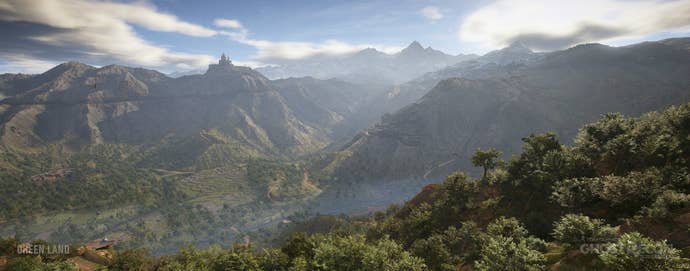
Looking Under the Weather
Ghost Recon Wildlands has a living representation of Bolivia, sculpted and changed by Ubisoft Paris. On top of this facsimile of central South America is a full weather system and day/night cycle. There's mist on the mountaintops and rainstorms can batter a city. The day will slowly give way to night and the people of digital Bolivia will retreat to their homes to sleep. This is important to the game's play, because guards and enemy soldiers are counted amongst the people of digital Bolivia.
"All of [the terrain] blends with the full weather system, and that is going to affect the way you play," says Martinez. You can tell this is really the part he's excited about. "It's going to affect the NPCs. Do you want to attack at night or during the day? Because the enemies could be asleep at night. It's totally integrated with the game's systems."

This can work against you though. You don't have control of the day/night cycle or the weather. If a storm rolls in, it could scutter the visibility for your team, making it much harder to infiltrate an area or complete your current mission. The world of Ghost Recon Wildlands continues on and you have to adjust to whatever may come your way.
Ghost Recon Wildlands isn't done though. The team is still working on optimizing the game and part of that work will be done during the upcoming beta for the game. (You can register for the beta right here!)
"It's all about balance. You learn about a platform all along production," says Martinez. "Every game you make, even if it's on the same platform, it's always possible to push it further. To optimize. I'm quite happy with we've been able to do. You can see the other end of the world. If you stand on one edge of the world, you can see as far as the world exists. When it comes to forests, you see for kilometers and kilometers. We wanted to maintain that detail."

I came away from the interview and presentation rather impressed with the technical work that went into creating Bolivia in Ghost Recon Wildlands. The technology looks like it'd be perfect for some other Ubisoft titles. Ubisoft Annecy is using similar tools to build the world behind Steep, the company's open world winter sports title. I ask if we can expect those tools to be used for the next Assassin's Creed or Far Cry as well.
"Other productions might want to look at what we are doing. Even if we don't share the same tools, it's interesting to share philosophy," admits Martinez. "At the end, every game is a new game. Every game is a new challenge or perspective. The goals aren't the same."
Ghost Recon Wildlands is coming to PC, Xbox One, and PlayStation 4 on March 7, 2017.
